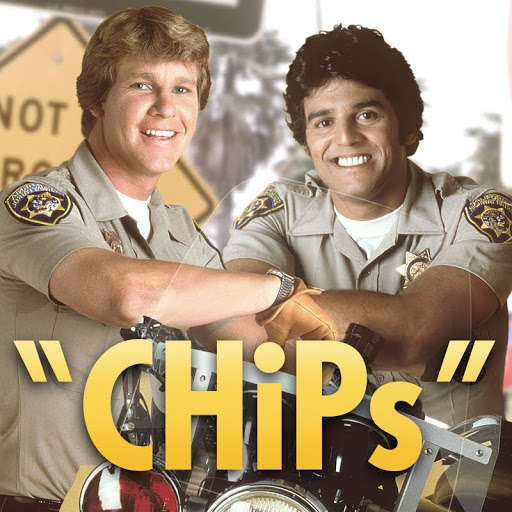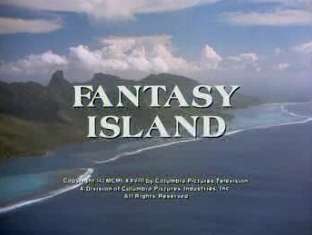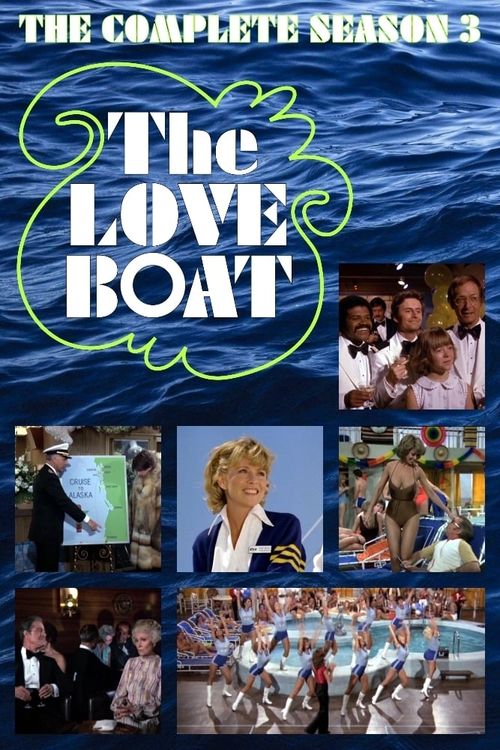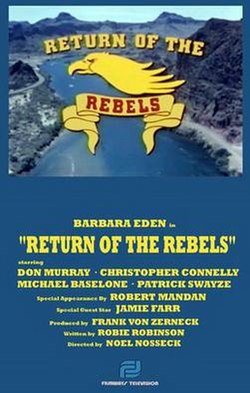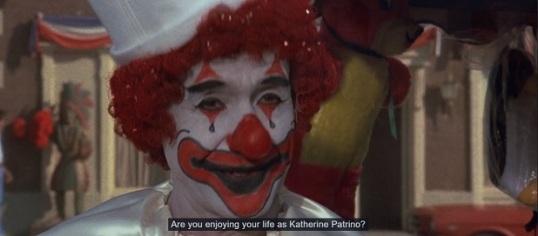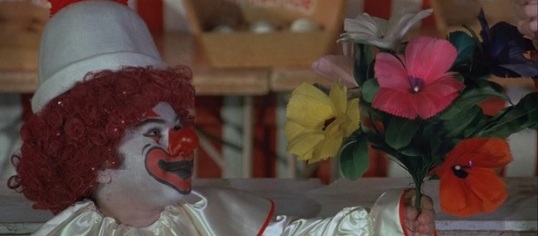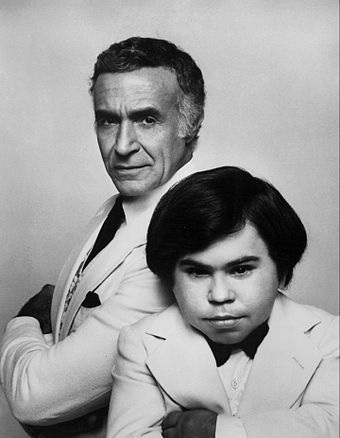Welcome to Retro Television Reviews, a feature where we review some of our favorite and least favorite shows of the past! On Tuesdays, I will be reviewing the original Fantasy Island, which ran on ABC from 1977 to 1986. The entire show is currently streaming on Tubi!

This week, Mr. Roarke tries to kill Tattoo!
Episode 3.3 “Tattoo: The Love God/Magnolia Blossoms”
(Dir by Earl Bellamy, originally aired on Sept. 21st, 1979)
This week’s episode of Fantasy Island opens with Tattoo driving his mini-car across the island and nearly running over a group of Islanders.

Tattoo has every reason to be excited! This week, he is getting his fantasy. Using a fake name (Dr. H.L. Oottat — spell the last name backwards), Tattoo requested a chance to come to the Island and live out his fantasy of being irresistible to women. At first, Mr. Roarke pretends as if he had no idea that Dr. Oottat was actually Tattoo but, by the end of this episode, it’s pretty clear that Roarke not only knew who Oottat was but that he also saw this fantasy as his best chance to kill off his troublesome assistant.
Seriously, how else can you explain how Mr. Roarke grants Tattoo his fantasy. Tattoo wants women to find him attractive. (That’s actually kind of sad. Poor Tattoo!) So, Mr. Roarke arranges for a bunch of native Islanders to mistake Tattoo for their legendary love god, Nooyeeowee.

Words goes out that Nooyeeowee has returned to the Island. A group of Islanders take Tattoo to their village.

The chief explains that, as the Love God, Tattoo is not only responsible for deciding who in the tribe will marry who but that his presence will also guarantee successful fishing expeditions. Unfortunately, Tattoo is also expected to be able to fly. When one of the islanders, jealous because Tattoo has stolen his girlfriend, accuses Tattoo of being a fraud, Tattoo is told to prove his powers by taking flight. Instead, with the help of a native girl, Tattoo gets in a canoe and flees back to the main island.
Mr. Roarke acts as if he’s happy to have his assistant back but let’s be honest here. Mr. Roarke has shown, on numerous occasions, that he cannot be fooled or tricked by anyone. Are we to believe that Mr. Roarke didn’t realize that the letter from Dr. Oottaat was actually from Tattoo? After three seasons of listening to their passive-aggressive banter, it should be obvious to anyone that Roarke and Tattoo actually hate each other. Personally, I think Mr. Roarke was hoping Tattoo wouldn’t be able to escape.
As for the second fantasy, it features Pamela Franklin and Lisa Hartman as two women who want to become Southern belles by returning to what they consider to be the most romantic time and place in US. History, Civil War-era Georgia….

Uhmm…. yeah. This is definitely a fantasy that would not be allowed today. But, back in 1979, Roarke sends the women back to Civil War era Altanta so that they can both pursue a romance with the two Confederates of their dreams. Lisa Hartman falls hard for Dack Rambo, who is made up to look like Clark Gable. Pamela Franklin falls just as hard for Christopher Connelly, who is made up to look like Leslie Howard. Unfortunately, their night at the plantation is ruined by the arrival of an evil Union captain, played by Luke Askew.
Sadly, the fantasy ends before the belles get a chance to marry their men. But no worries! It turns out that the two men were also on the Island to live out their fantasies of fighting for the Confederacy during the Civil War. So, everything works out….
This was a weird episode and, as I mentioned earlier, it’s definitely one that would not be made today. I can only imagine how Twitter, if it had existed back then, would have reacted to the Civil War fantasy and the frequent appearances of Dixie on the soundtrack. To be honest, though, the the two belles were less in love with the Confederacy and more just obsessed with Clark Gable and Leslie Howard. Tattoo’s fantasy was actually the cringier of the two, with Tattoo pretending to be a God just to get laid and its suggestion that the Islanders will basically just worship anyone that they can convince to come to their village.
(Why don’t they worship Mr. Roarke then? I mean, he has literal magic powers!)
As I said, this episode was just very weird. 1979, you know?


